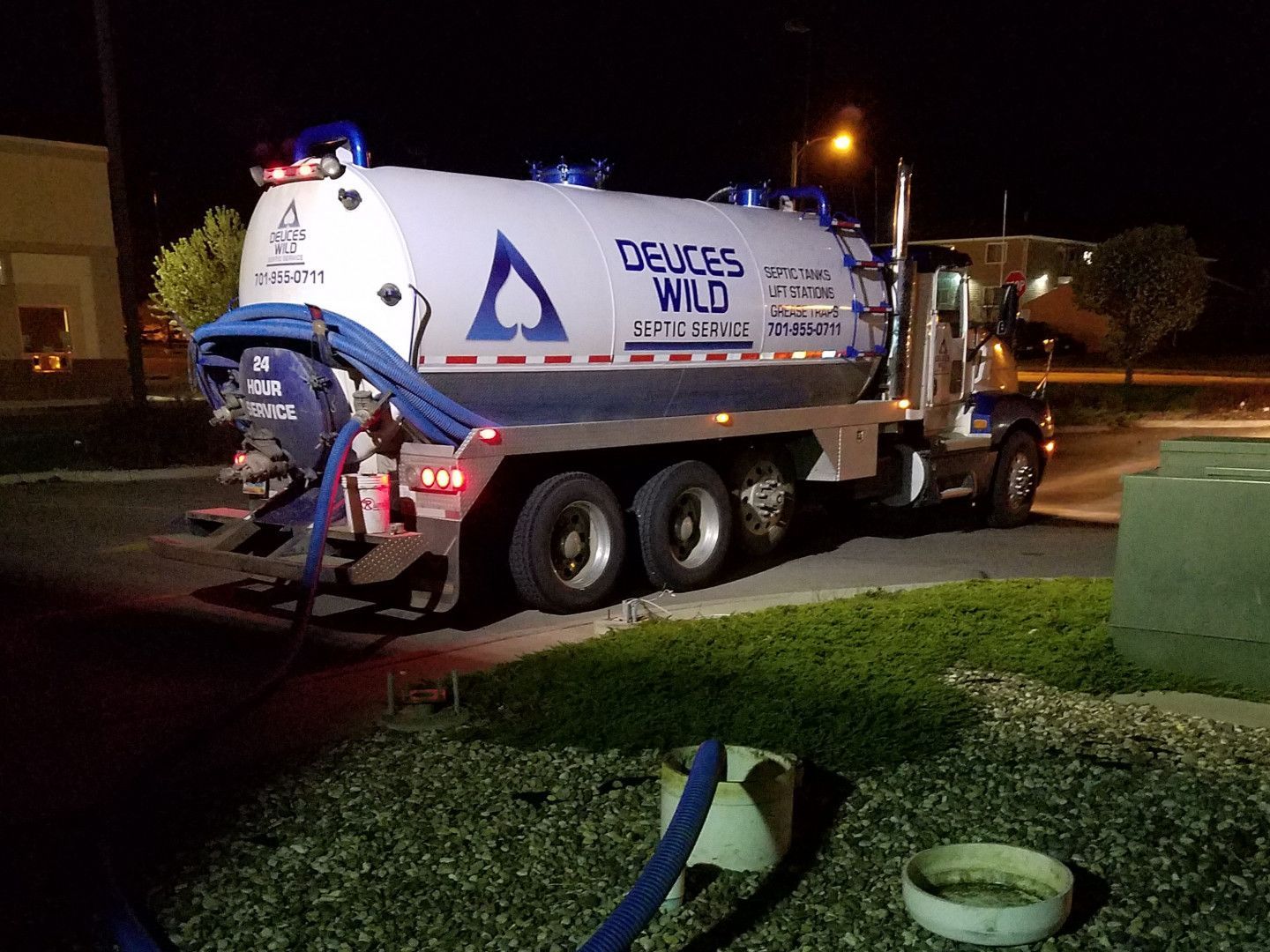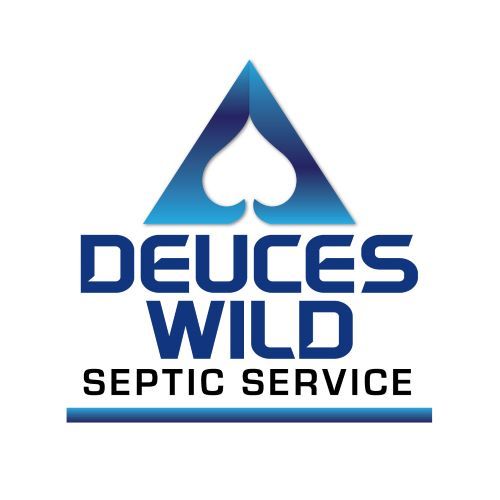Septic Inspections
Serving clients across Bismarck, Mandan and the surrounding areas
Is your septic tank not working correctly? Consider reaching out to the experienced professionals at Deuces Wild Septic Service. Our certified septic tank inspections include checking the following:
- Inlet baffle condition
- Center baffle condition
- Outlet baffle condition
- Outlet filter condition
- Fluid levels
- D-Box condition
- Equal distribution
- Abnormal ponding
- Type of drain field
- Water test
- And more!
Learn More About Our Septic Tank Inspections
Contact us now for more information about our certified septic inspections.
The best thing you can do to make sure you are getting a qualified professional for a certified septic inspection is to check out their credentials and references.
The National Association of Wastewater Technicians (NAWT) certified inspectors are one of the best that you could choose. The more licenses they have, the better.
Choose Deuces Wild Septic Service for your next septic tank inspection. We serve Bismarck, Mandan and the surrounding areas. We look forward to working with you.
Choose an inspector wisely
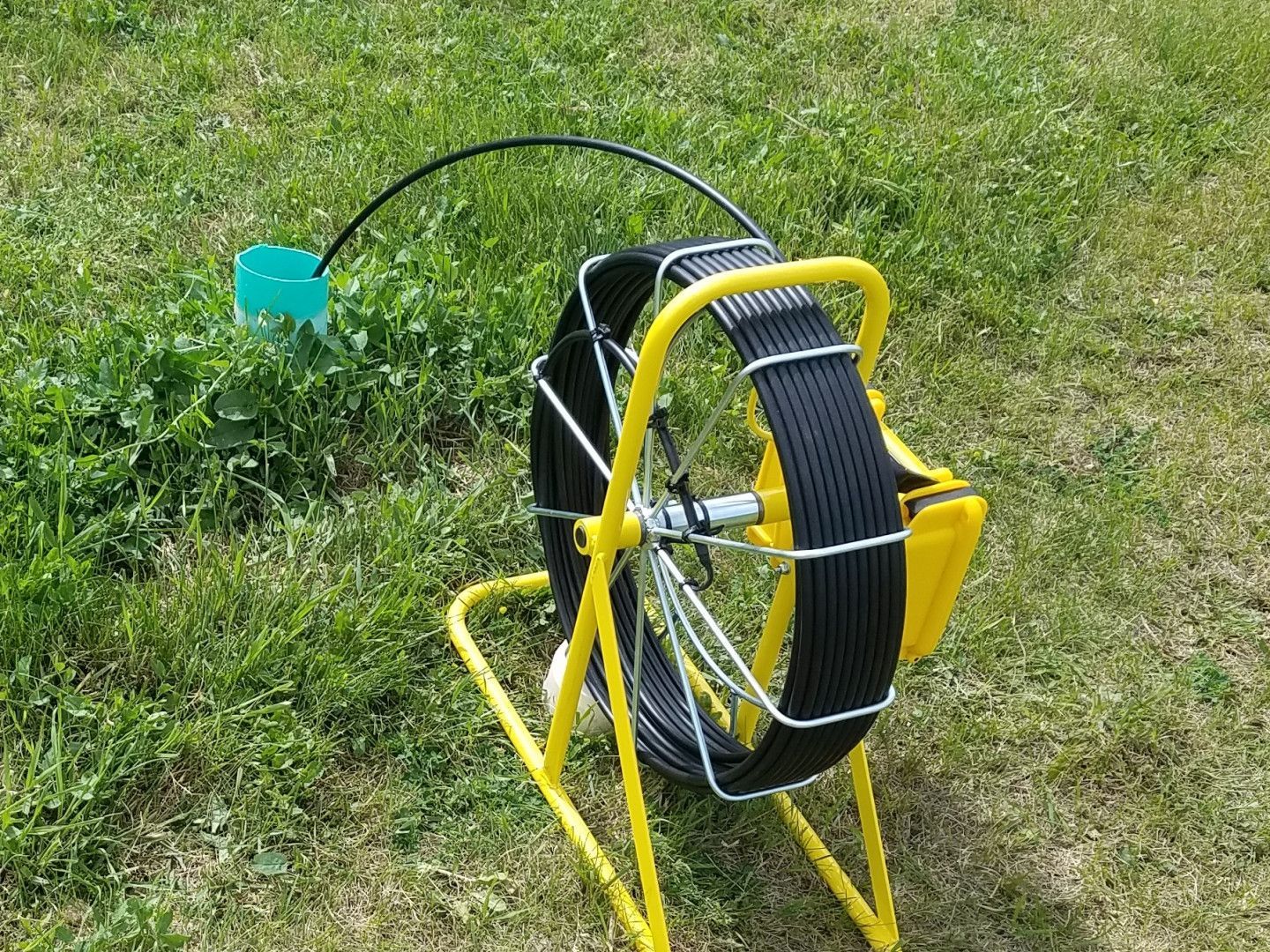
Two types of inspections
There are two main types of inspections of conventional septic systems: a "visual" inspection and a "full" inspection (where the tank is pumped out at the same time).
Visual inspections 101
This is the type of inspection usually performed by home inspectors. Occasionally, a septic company may provide this type of inspection if the home buyer is not concerned about the septic system and is only having one done to satisfy the mortgage company (although not all loans will accept this type of inspection).
A visual inspection is a very limited inspection: it consists of running water in the house and flushing commodes. The tank may or may not be located, but it is usually not opened or checked unless the access lid is already exposed.
Therefore, as long as there is no backup in the plumbing and no water surfacing over the absorption area, one has to assume the system is functioning properly. This doesn't mean everything is functioning as it should - it just means the toilets flush.
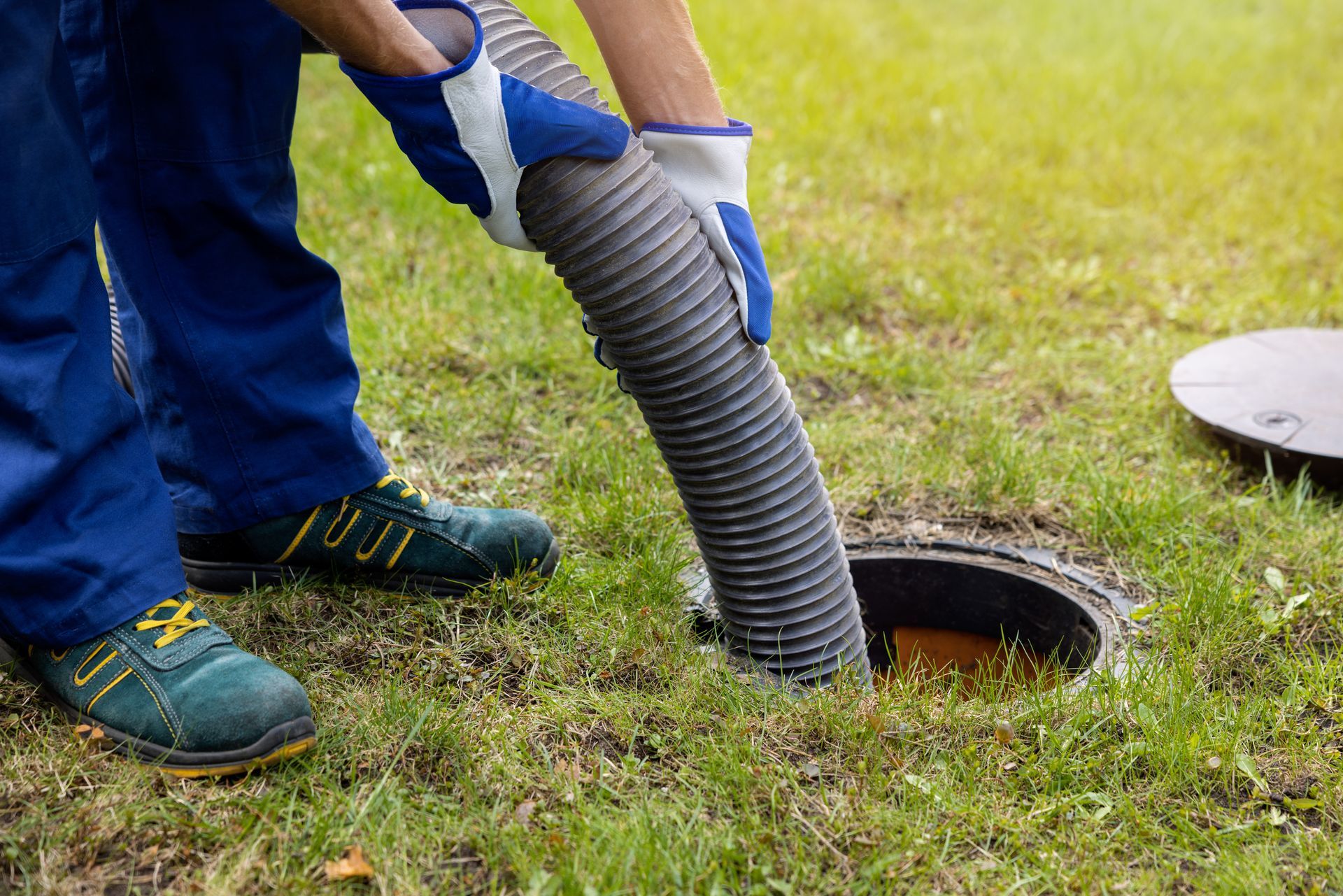
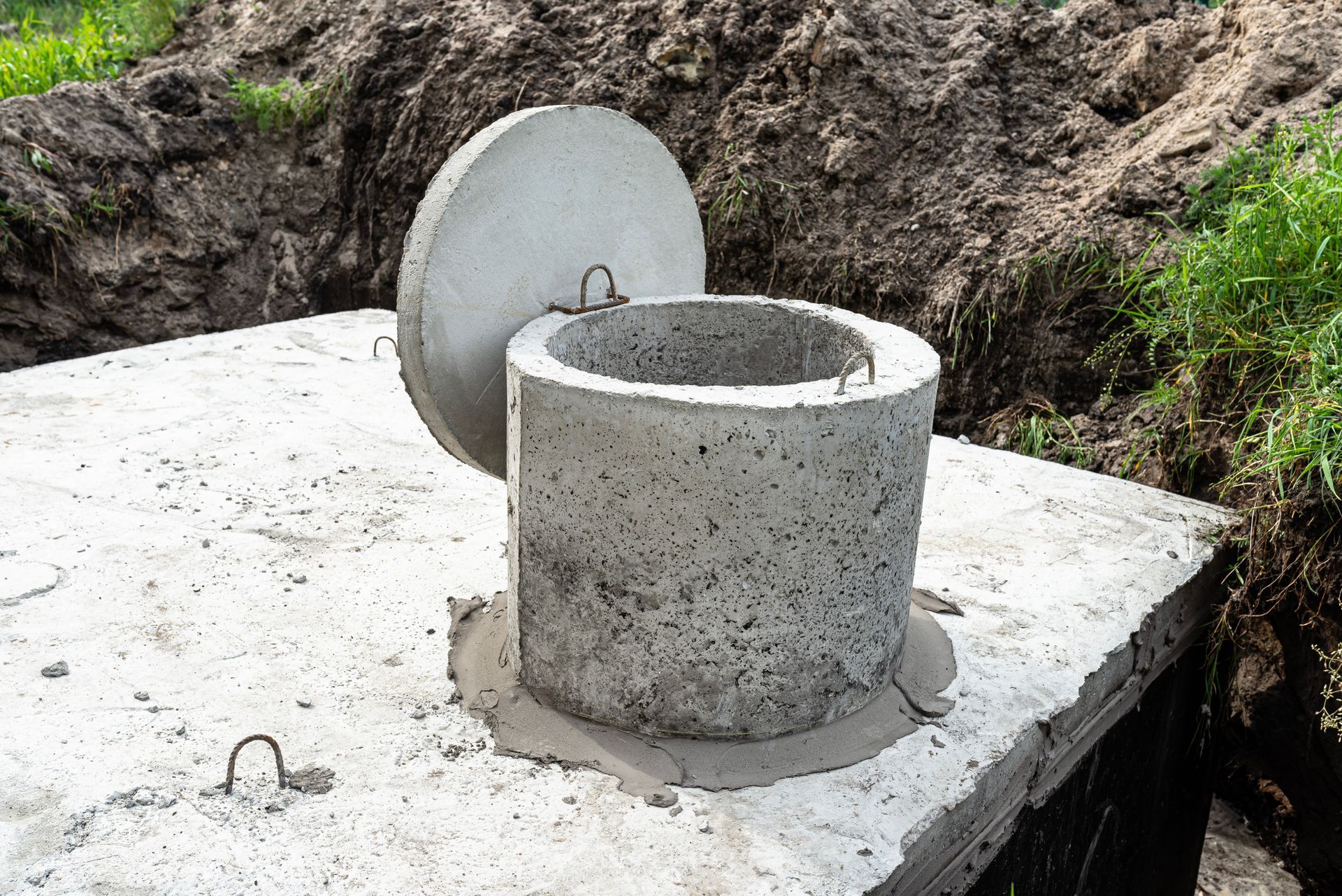
Visual inspections are risky
A visual inspection is risky for the buyer, because you don't know what you can't see. Here are a few examples of problems systems can have that the inspector would never know if only a visual inspection were performed:
- Leaking tank
- Overfull tank
- Roots
- Backflow
- Location (under deck, room addition, etc.)
- If baffles are in place
- If the dividing wall is secure
- Corrosion
- Thickness of sludge in the tank
- Size of tank
A need for repairs caused by a major problem with the system may mean having to install an entirely new system (due to regulation changes). Depending on the type of system required for that property, new systems can range from $10,000 to $16,000 on average, with some properties up to $25,000 or more due to small lots, hills and access, etc.
If these problems are not discovered until after the house has sold, the new homeowner may find themselves having to foot the bill for repairs of a new septic system.
Variations on visual inspections
An inspector may perform a variation of a visual inspection called a "dye test," in which he or she adds dye into the plumbing via the faucet or commode. The theory is that if any of the dye is seen in the yard, then there is a problem.
Adding dye is unnecessary; no water should ever surface over any portion of the system, no matter its color.
Better safe than sorry
The average life expectancy of a septic system is approximately 25 years, depending on its usage and maintenance. However, we have found leaking tanks on a one year-old system and drain field lines infested with roots in 10 year-old systems. Then there are systems that are 40 years old that are still functioning, not like a brand new system of course, but still in working order.
The point is, you never know and it's risky to skip a septic inspection or only order a visual inspection. Although a full inspection with pumping may cost a few hundred dollars more, it could be the difference in spending many thousands of dollars once you're stuck with a system after closing.
Don't trust just anyone with one of your most expensive investments, trust us, the certified specialists.
